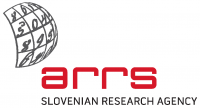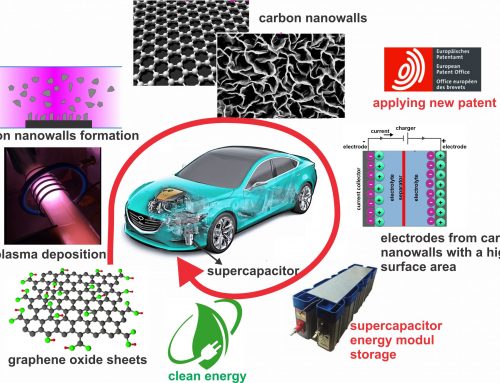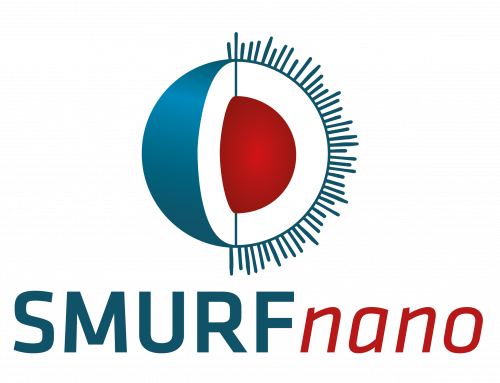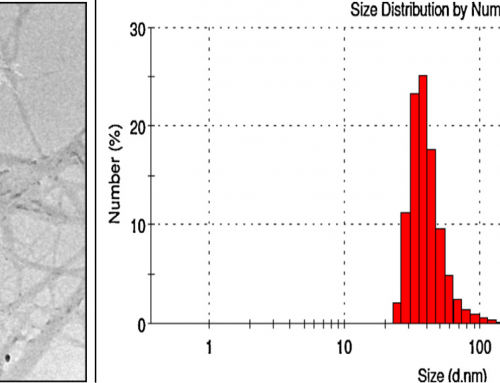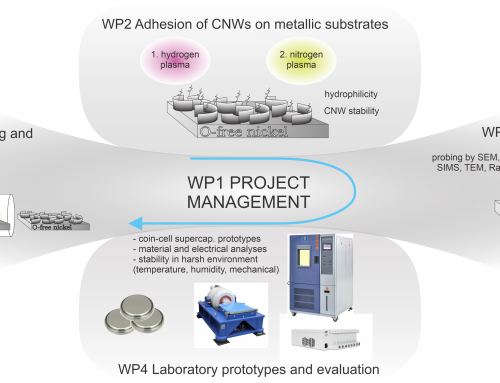Ecologically friendly in-situ synthesis of ZnO nanoparticles for the development of protective textiles (J2-1720)
Project leader: Prof. Dr Marija Gorjanc (University of Ljubljana, Natural Sciences and Engineering)
Investigator: Dr Gregor Primc (Jozef Stefan Institute)
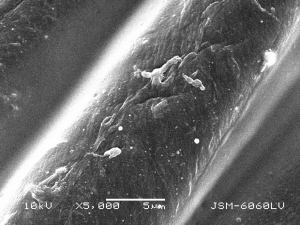
Two new, ecologically friendly methods of forming zinc oxide (ZnO) nanoparticles directly on textile substrates (in-situ synthesis) will be investigated. The textile substrates of choice are cotton and polyester, two mostly used polymers in textile industry. In the first – wet-chemical method, in-situ synthesis of ZnO nanoparticles will be carried out using zinc-containing precursors (Zn chloride, acetate and nitrate) and a biological (phytochemical) reducing agent. The latter will be extracted from food waste (avocado pit and peel, green tea leaves and pomegranate peel) and invasive plant species (leaves and fruit of Staghorn sumac, leaves and rhizome of Japanese knotweed). The conditions such as concentration of entering chemicals, time and temperature of synthesis will be the same in first part of the research. However, the Zn-precursor and reducing agent type will be varied to find the optimal combination for synthesis. After that, the optimisation of wet-chemical in-situ synthesis will be investigated by lowering the concentration of precursor and reducing agent, and finally the time of the synthesis. In order to accomplish the task successfully, we will increase the reactivity of textile substrates, especially the hydrophobic polyester. The reactivity of textiles will be increased by a brief treatment in low-pressure oxygen plasma at low power density, which will allow the neutral gas kinetic temperature to be close to room temperature. Processing plasma parameters (gas pressure, discharge power, treatment time) will be varied to obtain functionality of the textiles that will allow maximum adsorption of chemicals during the synthesis and formation of ZnO nanoparticles on textiles. The knowledge about the behaviour of the textile substrates during plasma treatment will be used to overcome the difficulties in the second, dry-chemical method of in-situ ZnO synthesis. Here, the ZnO nanoparticles on the fibres will be formed in low-pressure plasma systems. The dry textiles impregnated with ZnCl2, will be treated in oxygen plasma to transform the impregnation into ZnO nanoparticles. We will perform the experiments in radiofrequency (RF) and pulsed microwave (MW) plasma reactors, where the textiles will be treated with plasma glow (in RF) or predominantly afterglow (in MW). To gain deeper understanding of gaseous plasma capabilities as synthesis and processing tool, the plasma parameters during in-situ synthesis of ZnO nanoparticles will be analysed using optical emission spectroscopy (OES) and laser-powered catalytic probes (LCP). The success of in-situ synthesised ZnO nanoparticles, chemical and physical changes of modified textiles, and their protective and functional properties will be monitored by standardised and advanced analytical methods such as XPS, SIMS, FTIR, SEM and AFM. Both processes of in-situ synthesis of ZnO nanoparticles represent a completely new approach to textile modification for the development of multi-protective and multifunctional textiles, and provide the possibility of synthesizing other nanoparticles and nano-structures on textiles. Both approaches are crucial in successfully overcoming technological and ecological issues in the field of textile and fibrous-polymer modification processes. The results will enable publication of original scientific papers in top journals with a high impact factor, and at least one patent.
